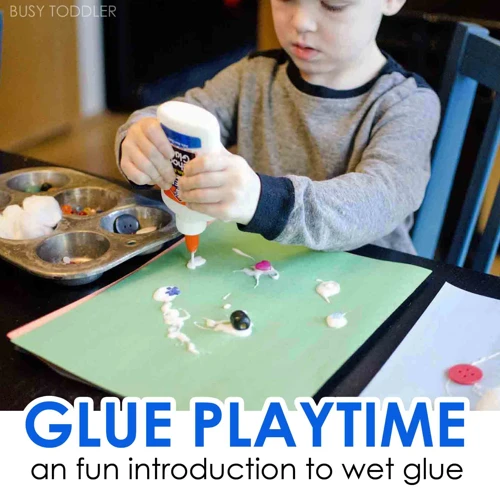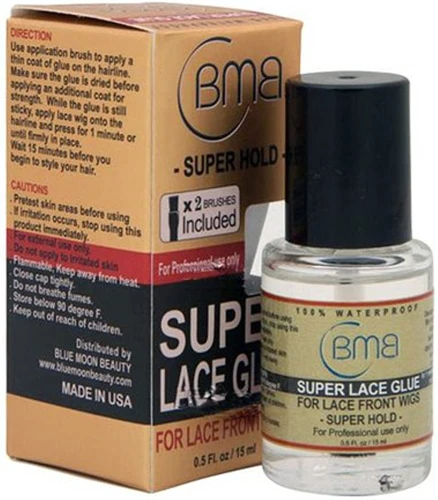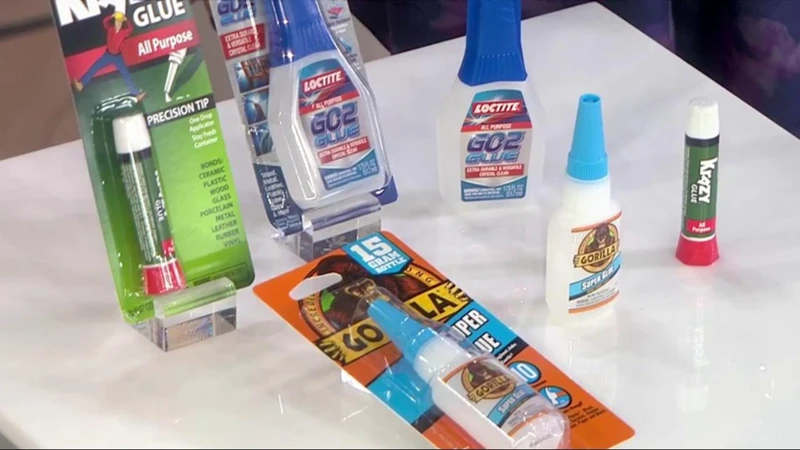When we think about treating minor injuries, traditional bandages and stitches often come to mind. However, the revolutionary use of super glue for cuts has gained attention for its effectiveness in closing wounds. But what makes this common household item suitable for such a delicate task?
What Makes Super Glue Suitable for Wounds
Originally designed for industrial purposes, the bonding power of super glue also lends itself to medical applications. Its quick-drying nature and ability to adhere to a variety of surfaces make it an option for sealing skin. The key is its main ingredient, cyanoacrylate, which polymerizes upon contact with moisture, creating a strong seal.
The Development of Medical Super Glue
Recognizing the potential of cyanoacrylate for wounds, researchers developed medical-grade adhesives. These are specifically formulated to be biocompatible and less irritating to the skin, leading to what we now refer to as medical super glue — a product that has revolutionized emergency wound closure.
The Safe Use of Super Glue on Wounds
The innovative application of super glue on skin injuries has raised questions about its safety and appropriateness. While it’s not a universal remedy for all types of wounds, understanding when and how to use it can be beneficial.
Distinguishing Between Regular and Medical Super Glue
It is essential to distinguish between the consumer-grade super glue found in hardware stores and the medical super glue designed for clinical use. The latter is tested for safety on skin and is the only type recommended for treating cuts.
Identifying Safe Scenarios for Using Super Glue on Skin
Using super glue on skin is generally safe for minor, clean cuts that are not deep. It works best on well-approximated wound edges where there is no tension or movement, such as on the knuckles or elbows.
Risks and When Not to Use Super Glue for Cuts
Despite its advantages, there are risks associated with the use of super glue for cuts. It should not be used on infected, dirty wounds, or deep lacerations that might require stitches. The potential for irritation, allergic reactions, and improper wound healing are reasons for caution.
Cyanoacrylate for Wounds: A Medical Perspective
From a medical standpoint, the role of cyanoacrylate in wound management is significant. Its unique chemical properties have made it a valuable tool in various medical scenarios.
The Chemical Properties of Cyanoacrylate
Cyanoacrylate is an acrylic resin that rapidly polymerizes in the presence of water, creating strong bonds. This reaction is what allows it to effectively close and protect wounds from external contaminants.
How Cyanoacrylate Enhances Wound Healing
By providing a barrier against bacteria and external matter, cyanoacrylate promotes super glue wound healing. It reduces the risk of infection and minimizes scarring by keeping the edges of the cut together, allowing for natural healing underneath.
Super Glue as First Aid: Emergency Wound Closure
In emergency situations, the quick and effective sealing of a cut is crucial. Super glue as first aid can be a temporary solution until professional medical help is available.
Steps for Emergency Wound Closure with Super Glue
- Clean the wound thoroughly to prevent trapping bacteria.
- Ensure the skin around the wound is dry.
- Apply a thin layer of super glue over the cut and hold the edges together for a few moments.
Precautions for Emergency Situations
It’s important to be cautious when considering super glue in an emergency. Avoid using it on sensitive areas, such as near the eyes or on mucous membranes, and seek medical attention as soon as possible.
How to Apply Super Glue to a Cut
Applying super glue to a cut requires precision and care to ensure safe use of super glue on wounds and optimal healing.
Preparing the Wound
Cleanse the cut with mild soap and water, disinfect it with an appropriate solution, and make sure the skin is completely dry. This preparation is crucial to prevent infection and ensure the glue adheres properly.
Applying the Adhesive
Apply a small amount of medical super glue along the edge of the cut and press the skin together gently. Be careful not to use too much adhesive, as this could delay healing or cause irritation.
Aftercare and Monitoring Super Glue Wound Healing
Once the super glue is applied, it’s important to monitor the area for signs of infection or adverse reactions. Keep the wound clean and dry, and avoid picking at the glue, which will naturally slough off as the skin heals.
Alternatives to Super Glue for Cuts
While super glue is a viable option for certain types of injuries, it’s not the only method available for closing wounds.
Traditional Wound Closure Techniques
Stitches, staples, and adhesive strips are common methods used by healthcare professionals to close wounds. Each technique has its own set of indications based on the wound’s characteristics.
Skin Adhesive for Cuts: Options and Comparisons
Apart from super glue, there are skin adhesives specifically designed for medical use, such as Dermabond. These products are similar in function but are formulated to be safer and more effective for skin application than household glues.
FAQs and Myths about Super Glue and Wounds
Addressing Common Concerns and Misconceptions
There are many misconceptions surrounding the use of super glue on wounds. It’s crucial to understand that not all super glues are created equal and that medical advice should always be sought when in doubt.
When it comes to quick fixes for minor emergencies, super glue can be a surprisingly versatile tool. Although it’s commonly used for repairing household items, some people may consider it for medical emergencies, such as closing a wound in a pinch. If you’re dealing with a broken tooth and contemplating a DIY repair, our article on how to glue a broken tooth might provide some helpful tips. However, remember that super glue is not designed for medical use and it’s essential to know how to remove it safely from your skin, which is covered in our guide on how to get super glue off skin. For a more general approach to dental fixes, take a look at our instructions on how to glue a tooth. While these resources can offer temporary solutions, it’s crucial to seek professional medical or dental advice for any health-related issues.
Takeaway: When to Consider Super Glue for Cuts
Super glue can be an effective solution for minor cuts when used appropriately. Understanding the differences between household and medical super glue, and recognizing the scenarios in which it is safe and effective, can make it a valuable addition to your first aid kit. However, it is not a substitute for professional medical treatment and should be used with caution and knowledge of the risks involved.


